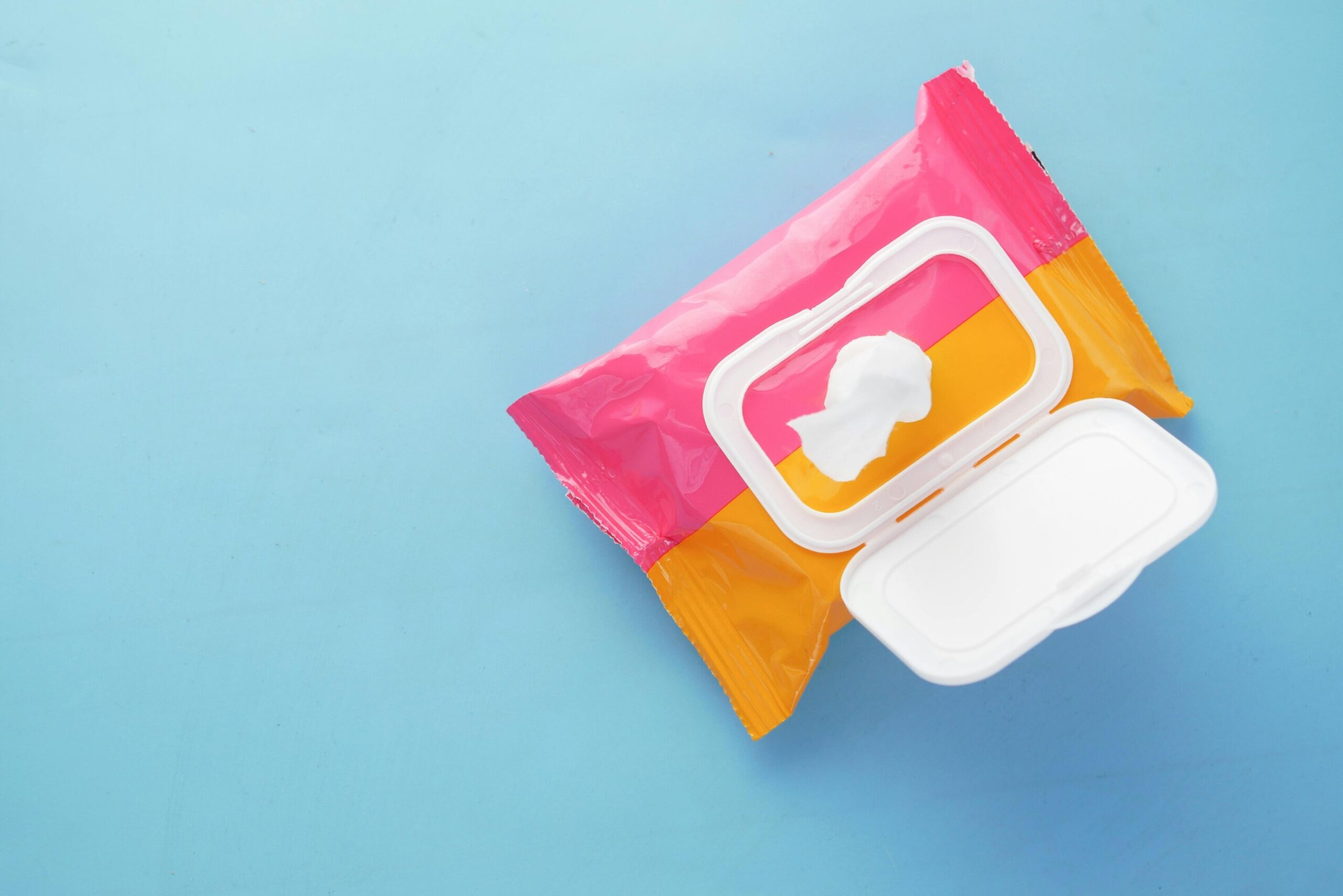
Why some ‘biodegradable’ wet wipes can be terrible for the environment
How did your country report this? Share your view in the comments.
Diverging Reports Breakdown
Why some ‘biodegradable’ wet wipes can be terrible for the environment
In the UK alone, more than 11 billion wet wipes are thrown away annually. Wet wipe litter was found on 72% of UK beaches in 2023. Non-plastic textiles are not as long-lived as plastics, with many composting within weeks to months. But they can last long enough to accumulate and cause damage to plants, animals and humans. They have contaminated animals across the food chain, from filter-feeding mussels and oysters to top predators such as sharks and the seafood we eat. They are also found in remote locations as far away as the Arctic seafloor and deep sea, thousands of miles from civilization. They can be modified with various chemical additives to improve their function, such as flame retardants, antibacterials, softeners, UV protection and dyes. These additives can be carcinogenic, cause neurotoxic effects or damage hormonal and reproductive health. We need to push for greater transparency in the contents of our everyday items. So next time you are browsing the supermarket aisles and come across a pack of “environmentally friendly” wet wipes, just question, are they really “biodegradable”?
Credit: Towfiqu barbhuiya from Pexels
Have you felt disgust when taking a walk along the riverside or plunging into the sea to escape the summer heat, only to spy a used wet wipe floating along the surface? Or shock at finding out that animals have died choking on plastic products or that the seafood we eat may be contaminated with microfibers?
These pollutants are common in our waterways because of the mismanagement of sewage and inappropriate disposal that flush hygiene products and microfibers into rivers and oceans. In the UK alone, more than 11 billion wet wipes are thrown away annually. Wet wipe litter was found on 72% of UK beaches in 2023.
They persist because they’re made of plastic, a durable material that won’t easily degrade. Plastic can last for decades to hundreds of years. Therefore, governments and manufacturers are eagerly encouraging the use of non-plastics as more “sustainable” alternatives, with the UK banning plastic in wet wipes in 2024.
These textiles can be made from plant or animal fibers such as cotton and wool, or they may be chemically and physically modified, such as rayon or viscose. They are often labeled “biodegradable” on product packaging, suggesting they are environmentally friendly, break down quickly, and are a safe alternative to plastics. But is this really the case?
My research focuses on investigating the environmental impact of these non-plastic textiles and their persistence in waterways. My colleagues and I have found that some non-plastic microfibers can be just as problematic or even more harmful than plastic.
While non-plastic textiles are not as long-lived as plastics, with many composting within weeks to months, they can last long enough to accumulate and cause damage to plants, animals and humans. Studies by scientists at the University of Stirling show that biodegradable wet wipes can last up to 15 weeks on beaches, where they can act as a reservoir for fecal bacteria and E.coli. Other studies have highlighted non-plastic textiles lasting for two months or more in rivers and oceans, where they break up into hundreds of thousands of microfibers.
These microfibers are so prevalent in waterways that they have contaminated animals across the food chain, from filter-feeding mussels and oysters to top predators such as sharks and the seafood we eat.
They are also found in remote locations as far away as the Arctic seafloor and deep sea, thousands of miles from civilization. These discoveries highlight that non-plastics last longer than we think.
Discover the latest in science, tech, and space with over 100,000 subscribers who rely on Phys.org for daily insights. Sign up for our free newsletter and get updates on breakthroughs, innovations, and research that matter—daily or weekly.
The dangers of non-plastics
Once exposed to aquatic life, non-plastic microfibers can be easily ingested or inhaled, where they can become trapped in the body and cause damage. During their manufacture, textile fibers can be modified with various chemical additives to improve their function, such as flame retardants, antibacterials, softeners, UV protection and dyes.
It is known that several toxic synthetic chemicals, including the plastic additive bisphenol A (BPA), are used for this purpose. These additives can be carcinogenic, cause neurotoxic effects or damage hormonal and reproductive health.
Researchers like me, have only just begun to explore the dangers of non-plastics. Some have shown that non-plastic microfibers and their additives can damage the digestive system, cause stress, hinder development and alter immune responses in animals such as shrimp, mussels, and oysters. However, other studies have shown little to no effect of non-plastic microfibers on animals exposed to them.
We do not yet know how much of a threat these materials are to the environment. Only the manufacturers know exactly what’s in the textiles we use. This makes it hard to understand what threats we are really facing. Nevertheless, assumptions that non-plastics are environmentally friendly and an easy alternative to plastic materials must be challenged and reconsidered.
To do this, we need to push for greater transparency in the contents of our everyday items and test them to make sure that they are truly sustainable and won’t harm the world around us. So next time you are browsing the supermarket aisles and come across a pack of “biodegradable” or “environmentally friendly” wet wipes, just question, are they really?
This article is republished from The Conversation under a Creative Commons license. Read the original article.
Source: https://phys.org/news/2025-07-biodegradable-terrible-environment.html
